Author: Jordan Folks
I’ll be the first to admit I enjoy brewing classic styles with traditional ingredients and processes – and Belgian beers are no exception. Be it open-fermented Saison, turbid mashed Gueuze blends, or Belgian Single made with candi sugar, I love brewing and imbibing traditional Belgian ales. However, there is one deviation from this dogmatic adherence to Belgian brewing tradition that I’ve become quite fond of – brewing Belgian inspired ales with New Zealand hops.
Something about the combination of the tropical fruit punch of late additions of New Zealand hops with the fermentation character of Belgian yeast just works. From lambic-style sour blends to brett beers to simple Saisons, I’ve found that New Zealand hops can create insanely interesting and enjoyable flavors and aromas when incorporated into otherwise “Belgian” ales.
I’ve been playing around with Riwaka a lot lately, as I’ve found it to be very unique and intense. While some have described this variety as imparting notes of grapefruit, citrus, tropical fruit, and sweet fruit, that doesn’t necessarily line up with my experience, at least when using hefty amounts. Rather, I get a strong diesel note that is unparalleled in other varieties I’ve tried, and it kind of reminds me of the skunk character found in certain green bottles of the style-defining Saison Dupont. A lightbulb recently went off and I began devising a New Zealand Saison recipe that would bring together the best of both worlds, hoping to emulate some of that green bottle skunk character without the beer being actually light-struck.
| Making I Left Tasman And Landed In Wallonia New Zealand Saison |
This recipe was inspired by the now defunct Birds Fly South Saison is Dead, a hoppy farmhouse beer that gets the bulk of its bitterness from whirlpool hop additions. Thanks to F.H. Steinbart for hooking me up with the malt for this batch!
I Left Tasman And Landed In Wallonia New Zealand Saison
Recipe Details
| Batch Size | Boil Time | IBU | SRM | Est. OG | Est. FG | ABV |
|---|---|---|---|---|---|---|
| 5.1 gal | 60 min | 28.8 | 3.8 SRM | 1.052 | 1.003 | 6.43 % |
| Actuals | 1.052 | 1.003 | 6.43 % | |||
Fermentables
| Name | Amount | % |
|---|---|---|
| Extra Pale Pilsner | 10 lbs | 86.02 |
| Wheat Malt | 1 lbs | 8.6 |
| Dextrose | 10 oz | 5.38 |
Hops
| Name | Amount | Time | Use | Form | Alpha % |
|---|---|---|---|---|---|
| Motueka | 7 g | 60 min | Boil | Pellet | 7.5 |
| Motueka | 114 g | 10 min | Aroma | Pellet | 7.5 |
| Riwaka | 57 g | 10 min | Aroma | Pellet | 5 |
Yeast
| Name | Lab | Attenuation | Temperature |
|---|---|---|---|
| Rustic (B56) | Imperial Yeast | 76% | 68°F - 80.1°F |
Notes
| Water Profile: Ca 60 | Mg 10 | Na 10 | SO4 100 | Cl 46 |
Download
| Download this recipe's BeerXML file |
After collecting the water for this 6.5 gallon/25 liter batch, adjusting it to my desired profile, and flipping the switch on my controller to get it heating up, I weighed out and milled the grains.
With the water properly heated, I incorporated the grains and set my Clawhammer Supply 240v controller to maintain a mash temperature of 147°F/64°C.
During the mash rest, I weighed out the kettle hop additions.
When the 60 minute mash rest was complete, I removed the grains and boiled the wort for 60 minutes with hops added at the times listed in the recipe. At the end of the boil, I quickly chilled the wort and transferred it to a fermenter before taking a refractometer reading showing it was at my target OG.
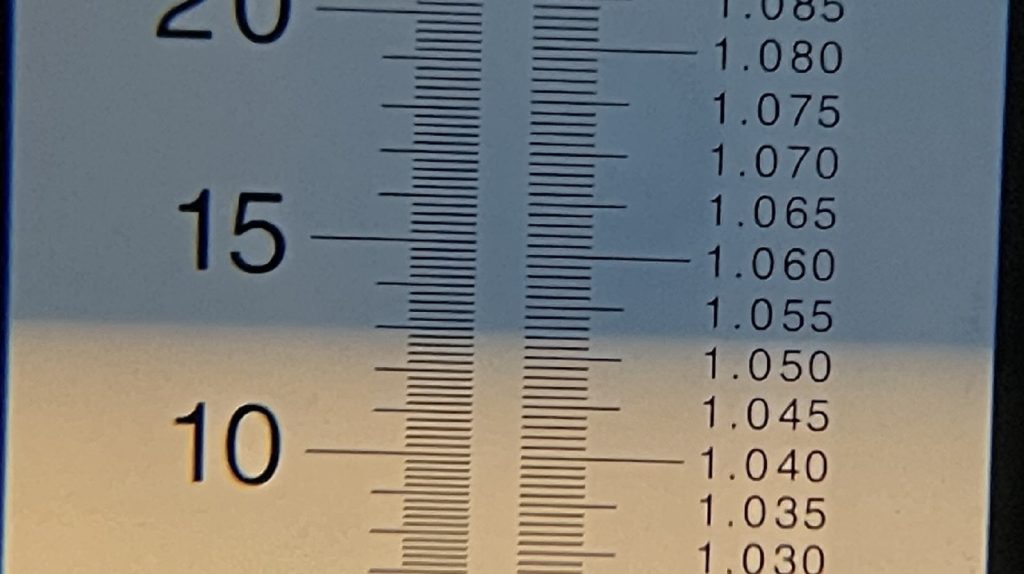
With the wort sitting at 64°F/18°C, I pitched some previously saved Imperial Yeast B56 Rustic.
The beer was left to ferment with a piece of foil covering the carboy opening at ambient temperature, which was around 66°F/19°C, for 4 days. I then added an airlock and began gradually raising the temperature to 75°F/24°C over the course of a few days to encourage complete attenuation. With no signs of observable activity, I took a hydrometer measurement confirming the beer was at the target FG.
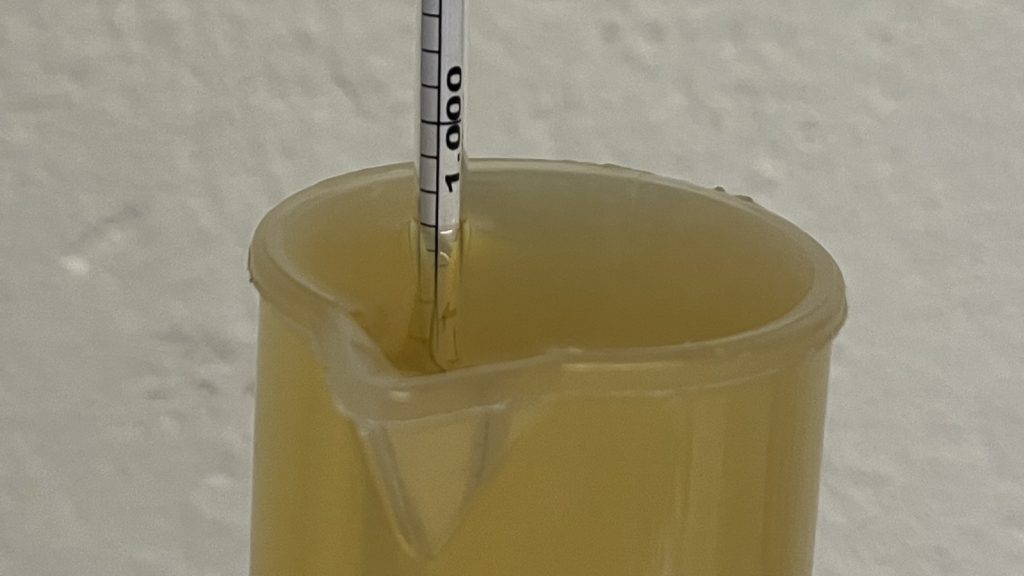
At this point, I pressure-transferred the beer to a CO2 purged keg containing the amount of priming sugar solution calculated to result in 3.2 volumes of CO2. With the beer and priming sugar adequately combined, I bottled the beer with my Blichmann BeerGun.
The bottled beers were then left to condition in a closet for a month, at which point they were ready to chill and drink!
| IMPRESSIONS |
On its own, Saison offers a unique drinking experience with its characterful fermentation, supreme dryness, and effervescence. Similarly, Riwaka hops impart certain aromas and flavors that I’ve found to be rather distinct from other varieties, one of which is a notable diesel funk, similar to what I get in classic Saison Dupont from a green bottle. It was both of these things that inspired me to come up with this New Zealand Saison recipe, the goal of which was to create a crushable Saison with a hint of skunkiness that came from hops rather than being light-struck.
Ultimately, this beer was both a success and a failure. On one hand, it was truly fantastic, combining the dryness, brightness, and tropical notes of modern hoppy ales with a uniquely fruity and spicy fermentation profile associated with Belgian beers. However, it didn’t possess any of the mock skunky character I was hoping the Riwaka hops would contribute, which may have been due to the fact I used them in the kettle and whirlpool rather than for dry hopping.
Regardless, this was an impressive beer that was a lot of fun to drink, I absolutely recommend this recipe to anyone who enjoys hoppy Saison or just likes trying new things. In the future, I plan on adding a dose of Brettanomyces Claussenii once primary fermentation is complete to add more complexity and dry hopping in the hopes of lending a more dank aroma, even though this batch was excellent as it was.
If you have thoughts about this recipe or experience making something similar, please feel free to share in the comments section below!
Support Brülosophy In Style!
All designs are available in various colors and sizes on Amazon!
Follow Brülosophy on:
FACEBOOK | TWITTER | INSTAGRAM
If you enjoy this stuff and feel compelled to support Brulosophy.com, please check out the Support page for details on how you can very easily do so. Thanks!


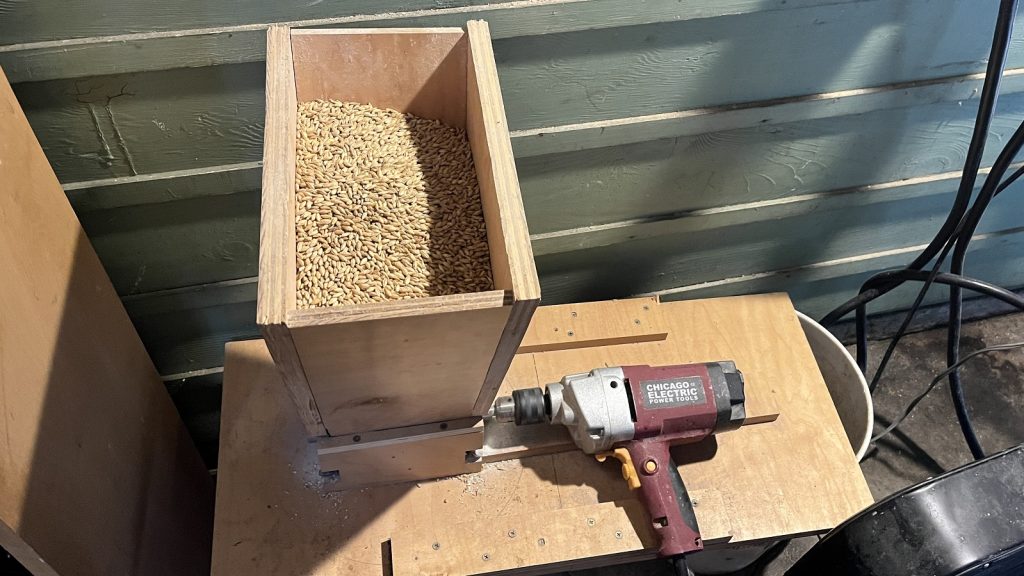
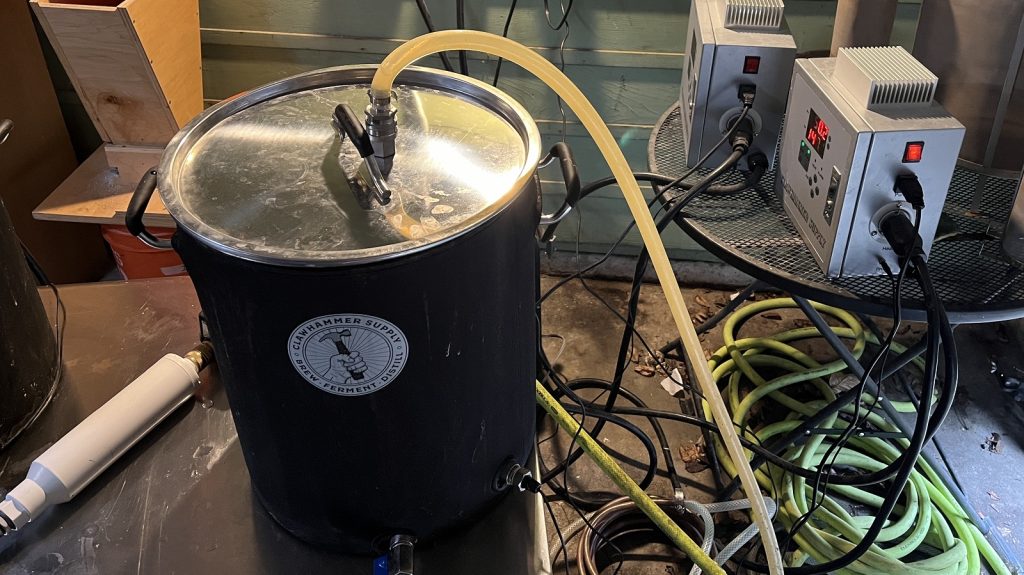


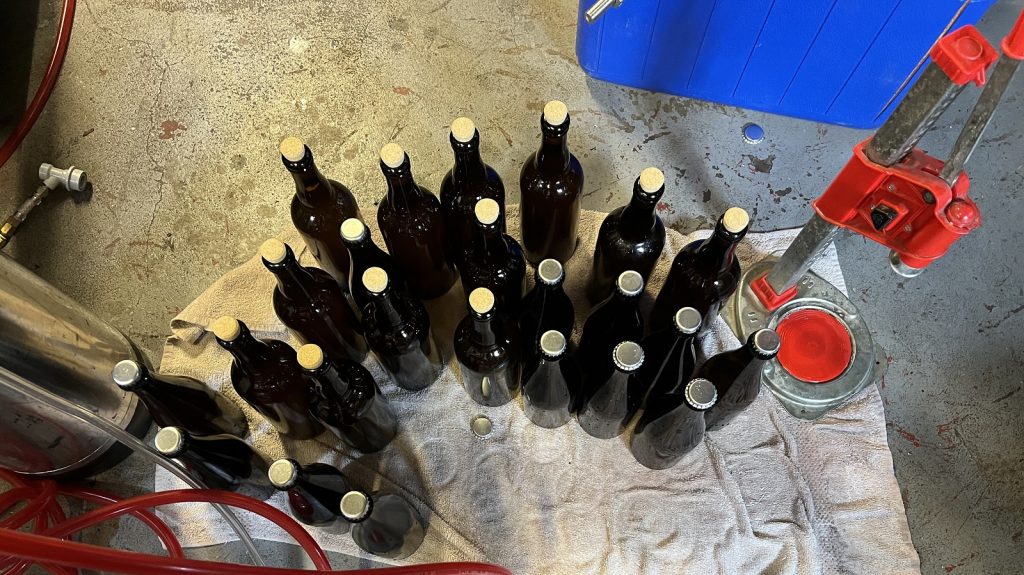












13 thoughts on “Brü It Yourself | I Left Tasman And Landed In Wallonia New Zealand Saison”
A great looking recipe, am plugging it in to Brewfather now.
Also, what’s a Tasman?
Tasman is the district that the Riwaka hop’s namesake town is located in
Imperial Rustic is no longer available in homebrew pitches. FWIW, I used Jasper JY056, Poperinge in my last iteration of my saison was very happy.
If you like the skunky character, maybe you should think about investing in a stock of green champagne bottles. That’s probably the easiest way to get it.
I’ve been brewing saisons for 9 years now and I would never go back to amber bottles for saisons. I find that the skunkiness combined with the high carbonation brings a mouthfullness hard to explain, even in saisons that finish around 1.000.
Great idea! Would like to do this on my next lambic bottling run as well.
Hey Jordan, I was wondering about your hop additions. You have the Riwaka and some of the Motueka listed as “aroma” for 10 minutes, but you also say in the description “At the end of the boil, I quickly chilled the wort and transferred it to a fermenter…” So these aroma additions are just regular boil additions with 10 minutes to go?
Also, you listed Imperial’s Rustic yeast with a 76% attenuation, but it appears that you got a 94% attenuation from 1.052 to 1.003. How did that happen?
Cheers!
Hops are added at knockout and recirculated for 10 minutes, then I turn the chiller on. I chalk up the high attenuation to the low mash temp and considerable sugar addition.
Ok got it, thanks! So it sounds the “aroma” hops are added at boiling temperature and kept there before being chilled to below isomerization temperature, so it sounds like it’s about 10 minutes worth of IBUs.
This article comes at a great time as I’m re-discovering a love of saisons. I too have been experimenting with unconventional hops to see what pairs well with the yeast character.
I tried leaning into the strawberry component of the bubblegum yeast flavor by using Strata. This one was pretty and blended well. Some banana-pear flavors from Calypso also blended pretty well. My favorite so far has actually been Huell Melon in a tart saison though.
What other hops have you found work well? Also I’m guessing it’s probably at least a little dependent on the specific yeast strain you use?
Nelson works really well too. Good point on yeast strain – leaves plenty of room for experimentation!
I’m interested in the priming sugar workflow. I add priming sugar directly to the bottles, and bottle straight from the fermenter. Other than avoiding having to mark and leave aside the first few and last bottles which pick up a bit of lees, what’s the advantage to pre-sugaring?
That certainly works. The main thing is this allows me to co2 purge everything.
Hi Jordan. Thanks for this, I’ve been wanting to brew a farmhouse/saison for some time. This looks perfect. Will have a go next week. Any recommendations for a yeast substitute? I can’t get the Rustic Imperial Yeast here in Australia.
Cheers!
Any Belgian Saison strain will work. French Saison strains will work in a pinch too.